British Oaks
The oaks must be amongst the UK’s most loved trees. Their tangled branches and grand stature have inspired countless folk tales and they are an iconic part of the British landscape. Oaks are the third most common tree in woodlands and the most common in openly grown settings, totalling more than 120 million individuals. They can live to over 1000 years and the UK supports more than 49,000 ancient, veteran, and notable oak trees, more than all other European countries combined.
As with all trees, fungi play many essential and formative roles in an oak’s life. These range from mycorrhizal associations that provide critical nutrients throughout their lives, through to the heart-rot fungi that engineer the great hollows that support a rich multitude of biodiversity.
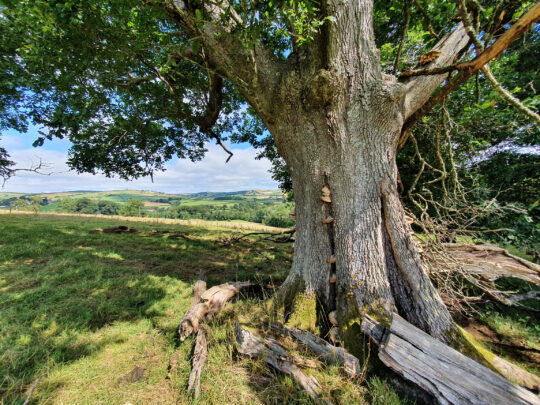
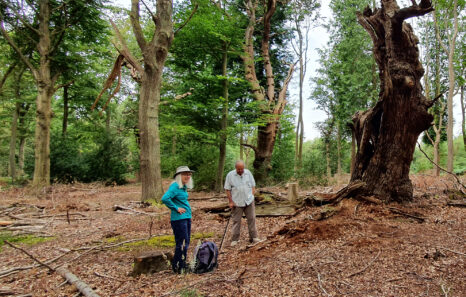
Identifying native British oaks
In the UK we have 2 native species of oak: Quercus robur (pedunculate oak) and Quercus petraea (sessile oak). They have many similarities and to complicate matters there is also the hybrid between these 2 species, Quercus x rosacea.
For this project we are content with identifications based on quick field characteristics, such as leaf shape and acorns. We will only focus on separating the 2 British species here.
For suggested guides to identifying other oak trees see the resources page.
Quercus robur (pedunculate oak)
This is the dominant oak tree in the UK and can be found most places, except for on marshy, chalky or light soils. It is the iconic oak of the British landscape.
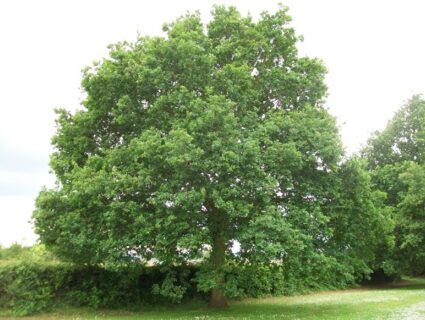
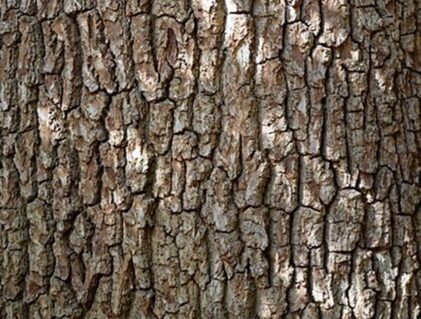
Overall shape: Heavy, broad, and rounded, with twisting branches and foliage that forms in bunches.
Bark: Grey-brown with short running, deep, knobbly ridges.
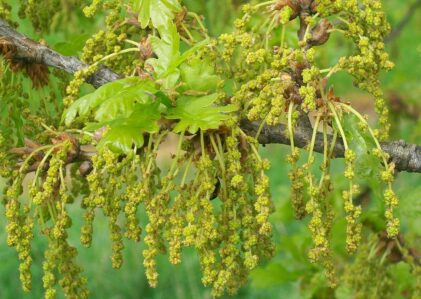
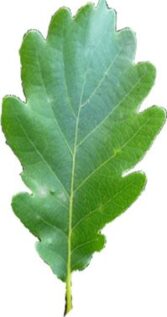
Flowers: Drooping strands of yellow male catkins.
Leaves: Margin is made up of irregular deep rounded lobes.
2 smaller lobes (auricles) curl around the short leaf stem.
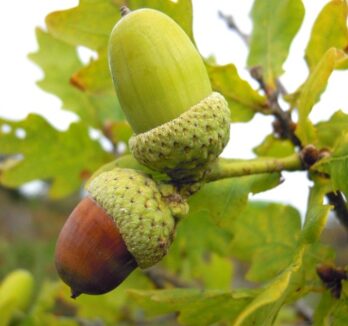
Acorns: Often form in pairs on a long (5-12cm) stalk(peduncle).
Quercus petraea (sessile oak)
This species is generally absent from lowlands and is uncommon on heavy alkaline soils. In some areas this is the dominant oak species, but it is overall less common than Quercus robur.

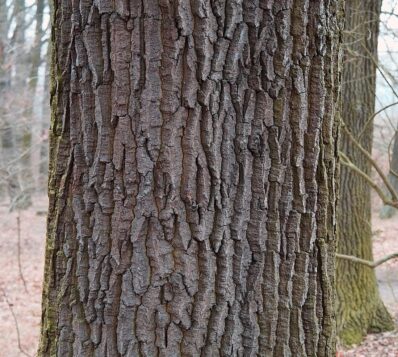
Overall shape: Cleaner, straighter, less twiggy, and often taller than Quercus robur.
Bark: Grey-brown with short running, fairly deep, knobbly ridges.
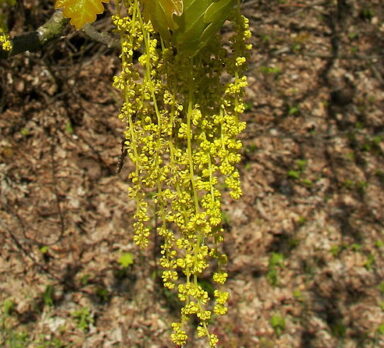
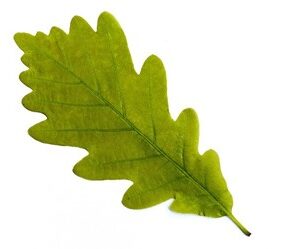
Flowers: Drooping strands of yellow/green male catkins.
Leaves: Margin with regular, shallow lobes. Base broadly tapered down to a short (12-20mm) leaf stem.
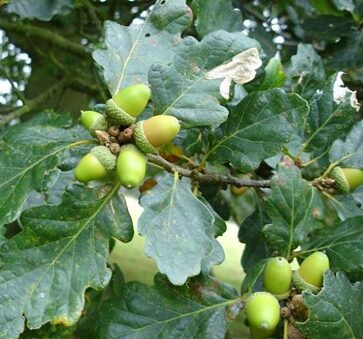
Acorns: Form directly on the twigs, with only a very short stalk or none at all (sessile).

